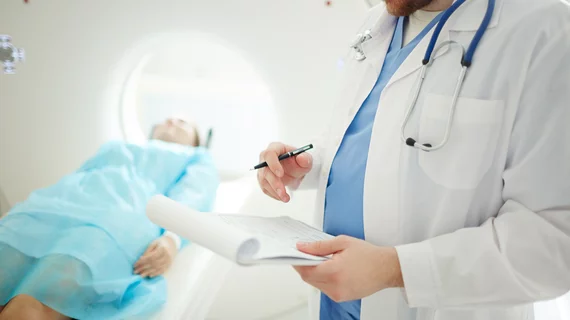Radiology can reduce CT lung cancer screening false positives by tackling these 2 factors
Scientists have demonstrated low-dose CT’s effectiveness in diagnosing lung cancer and saving lives. But the proven practice can go awry due to false positives—ballooning costs and patient anxiety in the process.
Wanting to better understand the factors that influence these mistakes, Harvard Medical School imaging experts recently delved into their data. Analyzing information from more than 3,700 patients logged over a four-year period, several sources bubbled to the surface, researchers wrote Thursday in Academic Radiology.
Those included patient-related factors such as income level, age or a previous diagnosis of chronic obstructive pulmonary disease. But it was two issues—radiologist inexperience and screening institution—that provide the greatest prospects for improvement, concluded Mark Hammer, MD, with Boston-based Brigham and Women’s Hospital.
“The fact that site and radiologist experience have substantial effects on the false positive rate of [lung cancer screening] CT presents an opportunity for LCS programs,” Hammer, with the Department of Radiology at the Harvard-affiliated institution, and colleagues wrote Sept. 3. “These programs may institute quality assurance and audit programs to evaluate their positive and false positive screening rates.”
Such interventions are already recommended in practice parameters established by the American College of Radiology, the authors noted. Imaging providers may also benefit from comparing individual doc performance with national metrics and providing LCS CT training cases to early career rads, the authors noted.
Hammer et al. reached their determinations by analyzing all lung cancer screenings performed at Brigham and Women’s between 2014 and 2018. All told, that encompassed 5,834 scans from 3,735 patients. About 13% (or 766) represented false positives while 2% (or 142 cases) included a lung cancer diagnosis. In order, the top false positive influencers were screening institution, baseline scan, radiologist experience, patient age, diagnosis of COPD, presence of emphysema, and income level.
“Radiologists should be aware of these factors when building and running LCS programs,” the authors advised. “Hopefully, use of quality assurance and audit programs can help to reduce site-to-site and radiologist-to-radiologist variability and improve the cost-effectiveness of LCS in the future.”
You can read much more on their findings in Academic Radiology here.

